You face it every day: optimal task planning is essential in professional life. How can you organize your meetings, keep track of your appointments and coordinate your teams without wasting time or energy?
There are a number of tools for this, including Outlook. My article on Google Calendar was widely praised when I asked if our calendar synchronization tool would soon include Outlook. Good news, it has! Discover with me how to make the most of its features, its benefits, and the solutions it offers to your daily challenges.
What is the Outlook calendar?
Outlook Calendar is a calendar management application integrated with Microsoft Outlook, a widely used software suite for e-mail and personal information management.
The Outlook calendar lets you :
- create one-off or recurring events.
- invite participants.
- reserve meeting rooms.
- set reminders.
- synchronize calendars with other devices and applications.
- share calendars with colleagues.
Outlook is a cross-platform application available on the web, mobile devices and desktops.
The essential features of Outlook Calendar
Outlook Calendar is rich in features designed to improve time management and productivity.
Creating and managing events
Users can add events in just a few clicks, specifying details such as title, location, date and time.
Outlook Calendar also lets you :
- Define recurring events.
- Add participants to an event, by automatically sending email invitations. Participants can accept or decline the invitation, and their responses are updated in real time in the calendar.
- Attach files to an event.
- Manage availability. Users can see their colleagues' free and busy time slots, enabling meetings to be scheduled at times convenient for everyone.
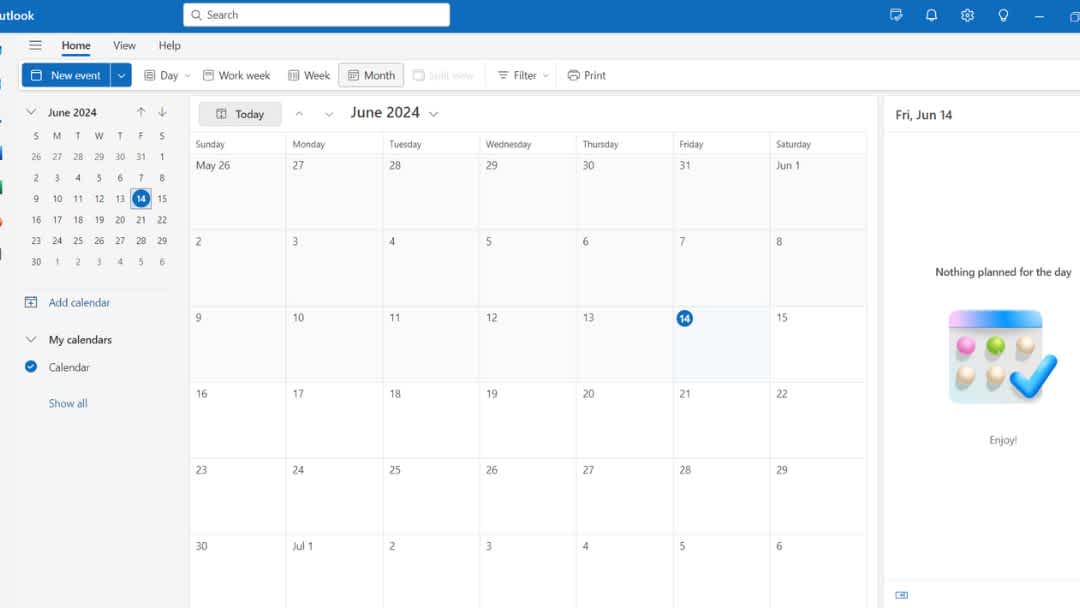
Task scheduling
Task scheduling in Outlook Calendar is seamlessly integrated with Microsoft Tasks and Microsoft To-Do. Users can create and manage tasks directly in their calendar, setting deadlines, priorities and reminders. Thanks to automatic synchronization between Outlook Calendar, Microsoft Tasks and Microsoft To-Do, users can access their tasks and stay up-to-date on a variety of devices, improving productivity and time management.
💡Did you know?
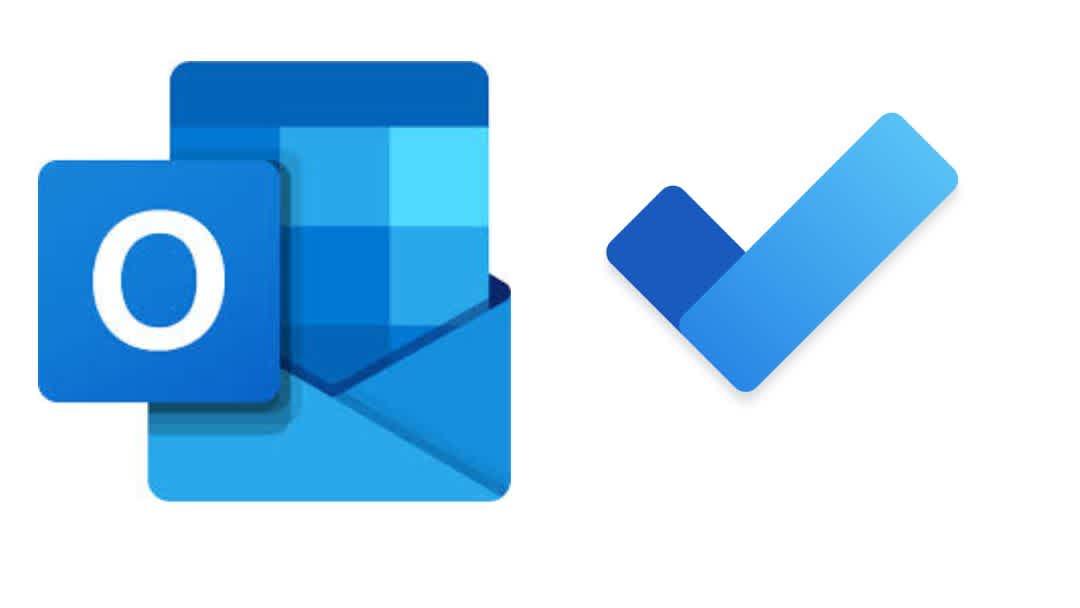
Microsoft To Do is a more complete, stand-alone task management application with bi-directional synchronization with Outlook, while Microsoft Tasks is a native, integrated feature in Outlook for quick. and basic task management.
Integrating Outlook Calendar with Third-Party Applications
Outlook Calendar enables synchronization with other applications thanks to integrations via Microsoft Graph API. This includes apps like Slack, Zoom, and many others, which can integrate and synchronize calendar information directly with Outlook.
Synchronizing External Calendars
Synchronization functionality is highly dependent on configuration, Outlook version as well as the services the user subscribes to (e.g. Microsoft 365).
It is possible to import a Google or Apple calendar into Outlook Calendar, but this procedure has certain limitations:
- Outlook must be installed on a computer.
- Synchronization is not instantaneous: updates may have a slight time lag, as this is often a periodic rather than a live synchronization.
- The file format supported is exclusively ICS. You can import calendars from websites or calendar programs that support the .ics file format (such as Apple iCal, Google Calendar and Mozilla Lightning).
Google Calendar
Although it's impossible to import a Google calendar directly into Outlook on the web as a file, you can subscribe to a Google calendar. In practice, this method is very similar to importing in terms of viewing events. The main distinction is that events are not stored locally in Outlook, but remain on Google's servers.
Apple Calendar
On Windows, you can not only import but also synchronize calendars by installing iCloud for Windows. This enables seamless synchronization of your calendars (and contacts) between your iOS devices and Outlook.
Import or Subscribe?
You can either import a calendar or subscribe to it.
Import a calendar:
- Save the calendar you want to add to a folder on your computer as an .ics file.
- Connect to Outlook on the web, then click on the Calendar icon.
- Choose "Add calendar", then click on "From file".
- Select "Browse", choose an .ics file, then click "Open".
- Choose a calendar from the list and click "Save".
Subscribe to a calendar :
- Connect to Outlook on the web, then click on the Calendar icon.
- Choose "Add calendar", then "From Internet".
- In the "Link to calendar" box, type or copy and paste the calendar's web address.
- In the "Calendar name" box, enter a name for the linked calendar.
- Click on "Save".

🔼 Please note: when events change on an iCal, updating your calendar may take up to 24 hours on Outlook on the web.
A Key Feature for Collaboration: Calendar Sharing
Whether you use Outlook on the desktop or on the web, Microsoft offers flexible options for sharing your calendar.
Calendar Sharing in Outlook on desktop
For the new version of Outlook on the desktop:
- Open Outlook and navigate to your calendar.
- Click on the "Share Calendar" button in the navigation bar.
- Enter the e-mail address of the person you wish to share your calendar with in the "To" field.
- Choose the level of detail you wish to share.
- Send the invitation. The recipient will receive an email allowing them to view your calendar in their own Outlook.
For versions of Outlook 2016, 2019 and Office 365, the process is similar, but you'll be able to find the options under the "Home" tab in the Calendar view, then using the "Share Calendar" button.
Calendar Sharing in Outlook on the Web
To share your calendar:
- Connect to Outlook on the web.
- Select the calendar in the bottom navigation bar.
- Click on "Share" at the top of the calendar and enter the email address of the person you wish to share with.
- Determine the level of access you wish to grant.
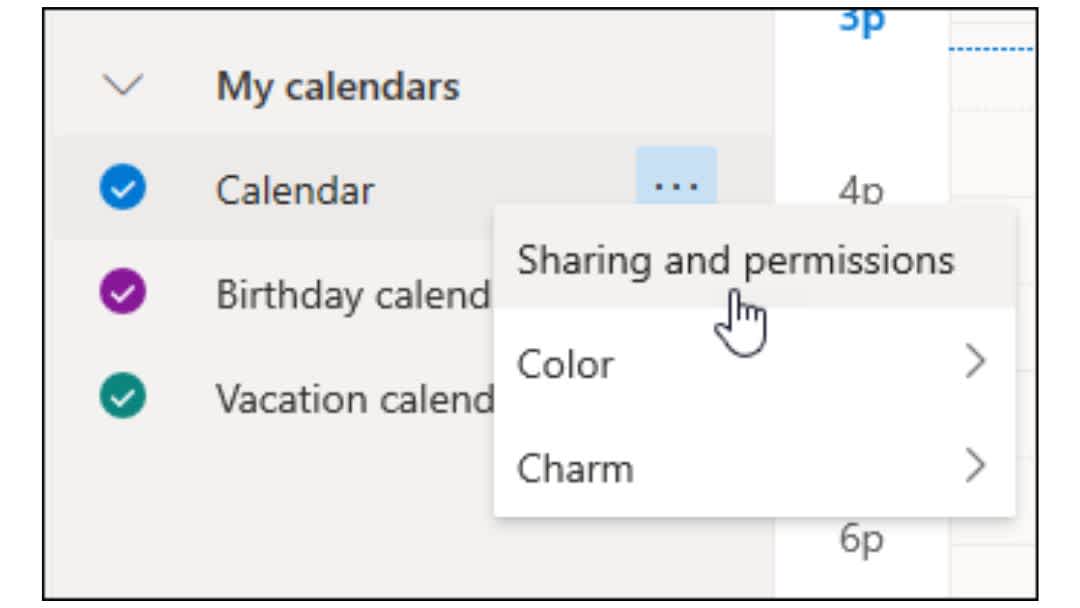
When you receive a calendar invitation, you can accept it directly from the invitation email, which will add the shared calendar to your calendar list in Outlook.
Managing Permissions
In Outlook, when you share your calendar, you have several levels of permissions that you can grant to the person you're sharing with. Here's a breakdown of the different permissions available:
- Can show when I'm busy: the recipient can see blocks of time when you're busy, but cannot see event details.
- Can show titles and locations: the recipient can also see event titles and locations, to better understand your schedule without exposing sensitive information.
- Can show all details: this is often used in environments where complete transparency is required.
- Can edit: this permission is generally reserved for assistants.
- Can modify and share: this is the highest level of permission and should be used with caution, as it gives almost complete control over calendar management.
You can review and adjust the permissions granted at any time by accessing the calendar's sharing settings.
Advantages and Limitations of Calendar Sharing
The advantages are:
- Improved coordination, making it easier to plan meetings and events by allowing others to see your availability.
- The flexibility of different sharing options, allowing you to choose who can see or modify your calendar as required.
- Accessibility via both desktop and web, no matter where you are.
Like any technological tool, Outlook Calendar presents certain risks and limitations in its calendar sharing functionality. Here are a few important points to consider:
- Risk of over-sharing: users need to be careful when setting permission levels to ensure they don't accidentally give access to confidential information.
- Complexity of Permissions: Outlook Calendar's permission levels are detailed, but this can be confusing for some users who are unfamiliar with the interface or the options available.
- Limited integration with non-Microsoft services: organizations or individuals using a mix of solutions from different vendors may find it difficult to integrate Outlook Calendar seamlessly with other tools.
- Slow loading: for organizations with large numbers of users or particularly busy calendars, Outlook Calendar can sometimes be slow or less responsive, especially when accessing sharing features or synchronizing data between multiple users.
Advantages and benefits of Outlook Calendar for Professionals
Integration with Microsoft 365
It goes without saying that integration with Microsoft tools is one of its most advantageous features. This integration enables seamless interaction with Microsoft Teams for scheduling and holding meetings, as well as with OneNote for linking notes to specific calendar events. What's more, users can access their emails directly via Outlook, attach files from OneDrive and collaborate on documents in real time with Office 365.
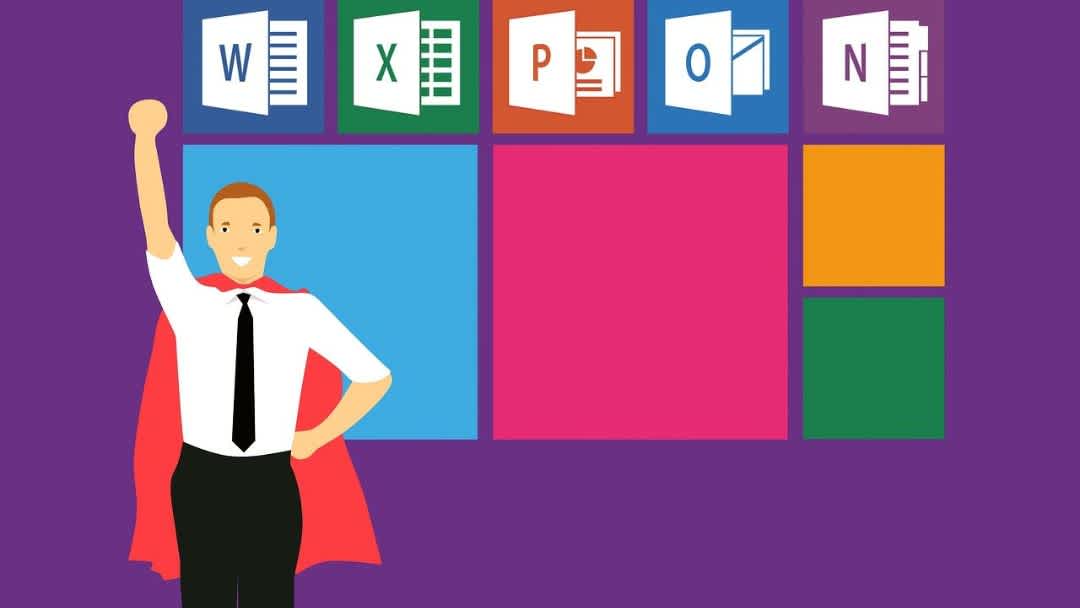
Microsoft Graph Enhances Outlook Calendar
Microsoft Graph acts as a gateway to access and interact with data available in Microsoft 365, Windows, and Enterprise Mobility + Security, providing a powerful platform for extending Outlook Calendar's capabilities. For example:
Through the Calendar API, applications can organize calendars into groups, and manipulate calendars in the user's mailbox as if they were local.
Use the findMeetingTimes function to identify optimal meeting slots, taking into account the availability of participants, rooms, time zones and other specific constraints you define.
Microsoft Graph makes it easy to organize videoconferences across different locations and time zones. You could organize a meeting in Outlook, adding participants who connect from a conference room in Chicago, a café in Sydney, or a home office in China.
These features show how Microsoft Graph can transform the way businesses use Outlook Calendar for more efficient, dynamic time and resource management.

Cross-platform Access and Synchronization
Whether you use a Windows PC, a Mac, an Android smartphone or an iPhone, Outlook Calendar delivers a consistent, integrated experience across all these devices.
- Universal access: Outlook Calendar is accessible on all devices via the app or the web.
- Real-time synchronization: changes made on one device are instantly updated on all other connected devices.
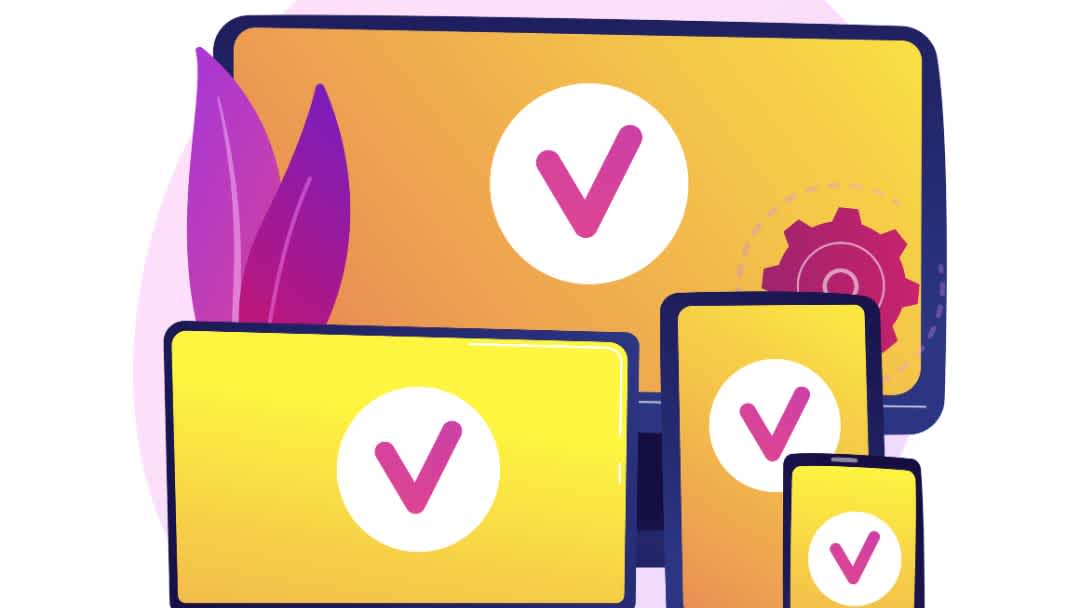
Security and Compliance
Outlook Calendar, integrated into the Microsoft 365 suite, offers high levels of security and compliance.
- Data protection: Outlook Calendar includes encryption of data in transit and at rest. Measures such as multi-factor authentication (MFA) and advanced security policies protect against unauthorized access and data leakage.
- Regulatory compliance: Microsoft 365 meets a multitude of global and regional regulatory compliance standards, including GDPR, HIPAA, and FedRAMP.
- Continuous security updates: Microsoft regularly deploys security updates for Outlook Calendar and other Microsoft 365 applications.
These security and compliance measures make Outlook Calendar a reliable solution for businesses that prioritize data protection and regulatory compliance.
Disadvantages and Limitations of Outlook Calendar
Compatibility Issues Outside the Microsoft Ecosystem
Outlook Calendar users may encounter difficulties when synchronizing with other platforms that are not part of the Microsoft ecosystem. These problems may include :
- delays in updating shared calendars.
- duplicate events.
- omissions of newly created events.
They are often due to differences in the synchronization protocols used by various services, or to limitations in third-party APIs. To mitigate them, we recommend regularly checking synchronization settings in Outlook, ensuring that all applications are updated, and consulting technical support forums.
Weaknesses in Synchronization Among Multiple External Calendars
As we've seen, Outlook offers limited integration with certain external calendars, such as Google Calendar. For example, you can display your Google Calendar in Outlook by adding it via an iCal link, but this integration is often limited to viewing rather than full two-way synchronization.
Furthermore, Outlook does not allow users to choose the direction of synchronization (unidirectional or bidirectional) when configuring calendar integrations with external services. The nature of synchronization generally depends on the type of integration set up (for example, via iCal subscriptions, which are essentially unidirectional). For bidirectional synchronization, users must often turn to third-party solutions, such as SyncThemCalendars or other Calendar Synchronization Apps.
Learning Curve
Some users may find the Outlook Calendar interface cluttered, especially when they are unfamiliar with Microsoft products or when they prefer more minimalist solutions. For experienced users, the feature-rich interface enables robust management of tasks, meetings and events.
Cost Considerations
For individual users or those who only need basic email and calendar management functionality, Outlook.com (a free version of Outlook accessed via a web browser) may be sufficient. However, for intensive professional use, a paid subscription may be more appropriate.
Outlook Calendar is included in Microsoft 365 subscriptions. For small businesses or freelancers, this subscription can represent a notable financial burden. Access to Outlook Calendar's advanced features, such as enhanced security, tight integration with other Microsoft applications, and advanced customization options, often requires a Premium or Business level subscription.
What are the Requirements for Using Outlook?
Very simple.
- System requirements: to use Outlook on a desktop, Windows 10 or higher, with at least 4 GB of RAM and 4 GB of disk space are required. Mac users need macOS 10.14 or higher. Web access simply requires a modern browser.
- A Microsoft account is required to use Outlook Calendar.
- Outlook requires a subscription to Microsoft 365 for the full version, integrating other Microsoft applications and cloud services. A more limited web version is available free of charge on Outlook.com.
How to download Outlook
The process varies slightly depending on whether you want to install Outlook as part of the Microsoft 365 suite or as a stand-alone application.
For Microsoft 365 subscribers :
- Go to office.com and log in with your Microsoft account, or create one if you don't already have one.
- Go to the Install Office section.
- Download and install.
For the standalone Outlook application :
- Visit the Microsoft Store or the official Microsoft Office site to purchase a standalone version of Outlook.
- Download the software via the download link.
- Open the downloaded file and follow the instructions to install Outlook on your device. You may need your product key during installation, so keep it handy.
I hope you've learned a little more about Outlook Calendar. If you have any questions, please don't hesitate to contact our team. If you'd like to know exactly what SyncThemClendars does, please read my colleague's article on How to Keep Your Calendar in Sync.


